Portugal
Portugal n'est pas seulement une destination de golf incroyable, il offre bien plus encore...
Sesimbra and the blue coast
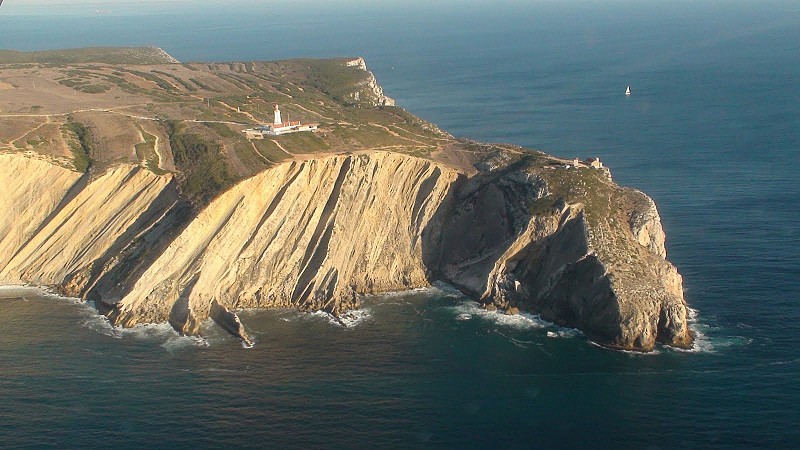
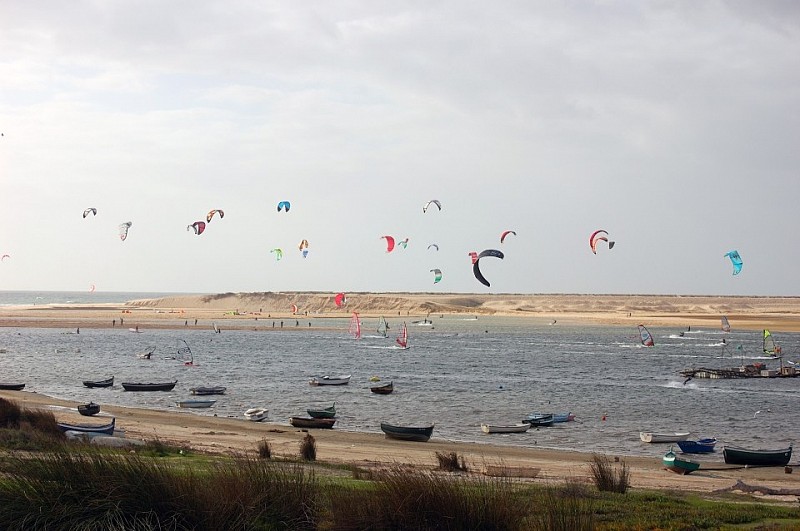
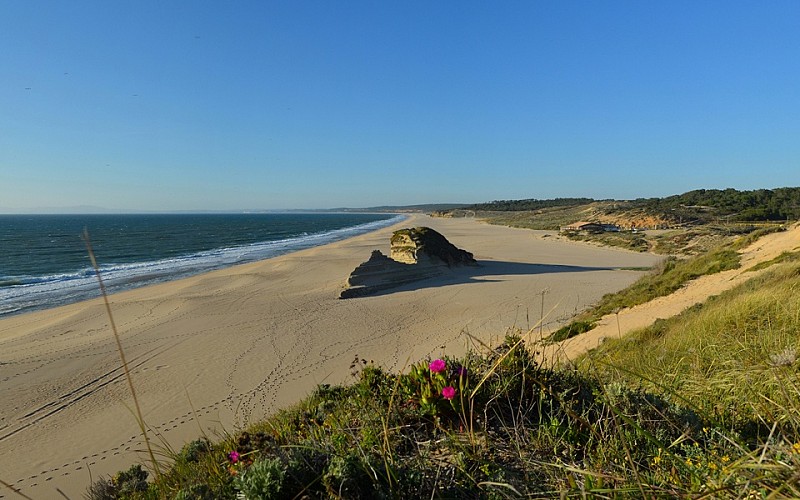
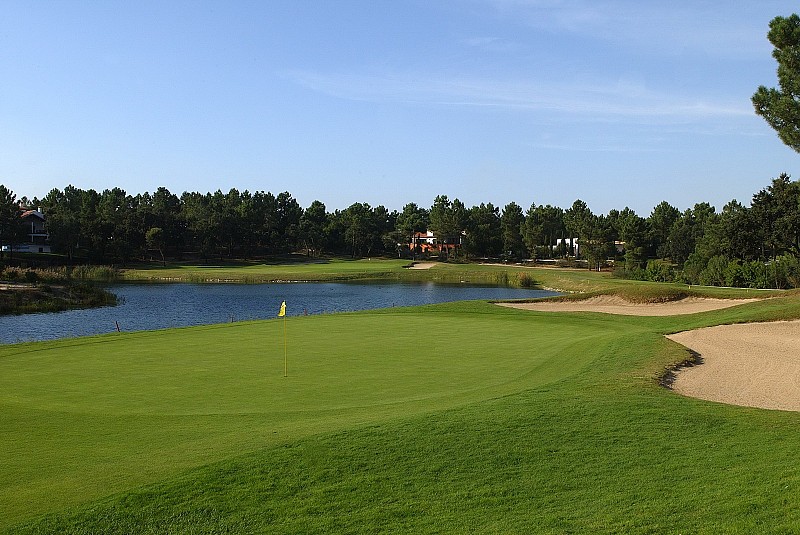
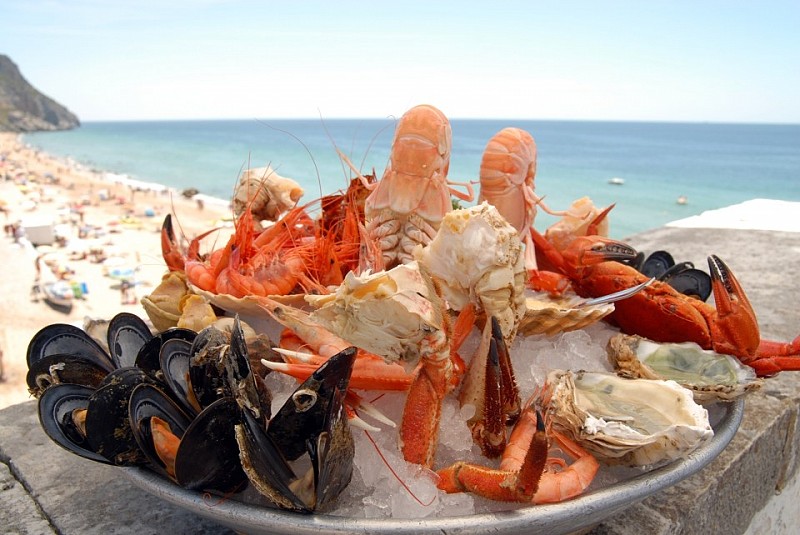
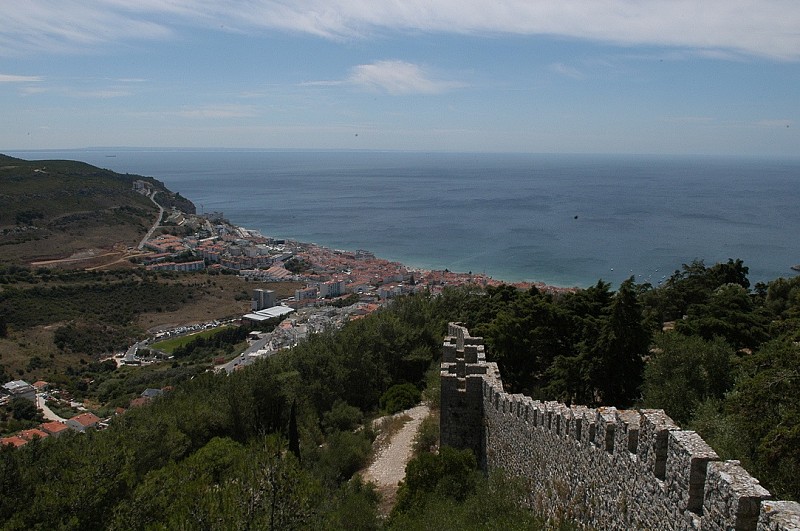
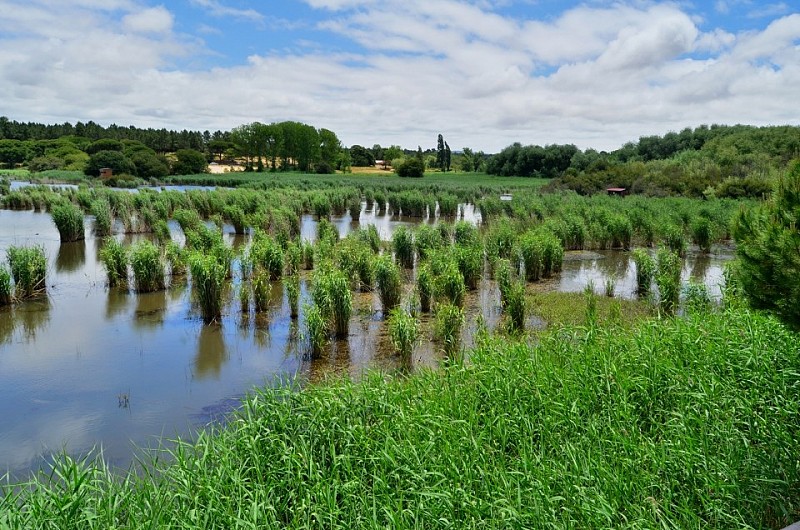
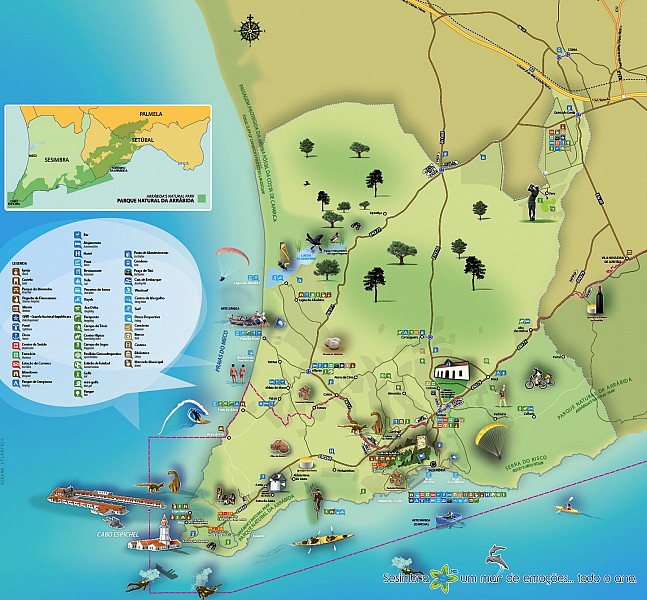
The Costa Azul (Blue Coast) has a wide natural diversity of landscapes and environments, favoured by the presence of the sea, and is a wonderful region to discover.
South of the River Tagus, on the opposite bank from Lisbon, the Blue Coast extends south as far as Setúbal. The coastal area is fundamental, but the Blue Coast also extends into the interior, thus comprising a region with unforgettable beaches, several estuaries, mountains and pure vegetation or the quiet inland plains. A mixture of colours that radiate a unique light that always has a special charm. Map of the Costa Azul.
In this section you will learn about: the Golf Courses, Unique Beaches, 4 Natural Reserves, Nautical Sports, Fishing , Hunting, Gastronomy and the Monuments of the Blue Coast.
Sesimbra
Sesimbra is a pretty village set in peaceful scenery and is a very traditional Portuguese fishing village, surrounded by a beautiful bay situated on the attractive coastline of the Blue Coast region a must visit if you are a fan of seafood restaurants.
Exceptional Beaches
Beaches can often be a decisive factor in a holiday and this region of Portugal offers a wide range of different beaches. Near Sesimbra, the Lagoa de Albufeira, a coastal lagoon separated from the sea by a line of dunes is both a fresh water lagoon and a lagoon area of brackish water, depending on the tides.
Meco is a well known naturist beach.
In the Serra da Arrabida, we can also find several beaches, such as Galapos and Creiro. But the main beach is Portinho da Arrabida, between the highest part of the Hills and the sea. This is a large beach of hot, white sand and is an absolute delight for be ach lovers.
In Sesimbra, discover its beaches and enjoy some of the most exciting food, based on the very best fish and shellfish.
The Natural Reserves
The Costa Azul has two important Estuaries with Nature Reserves to protect various species that, besides helping to protect unique ecosystems, are also a fascinating spectacle to watch.
Arrabida Natural Park
We recommend taking one of the mini-cruises that depart from the city of Setubal, during which you can admire the dolphins, the estuary and the stunning coastline of the Parque Natural da Arrabida.
Arrabida is a spectacular landscape. The Hills, the Natural Park, the beaches and the historical buildings show how the best of nature can lead to best of Mankind, if people are able to integrate natural elements into their daily leisure life, without ever failing to preserve and protect them. The Parque Natural da Arrabida extends from the Morro de Palmela to Cabo Espichel, and includes three full botanical and landscape reserves: Reserva do Solitario, Reserva Integral da Mata Coberta and Reserva dos Vidais. It also has a zoological reserve on the islet Ilhéu da Pedra da Anixa, which includes the Parque Marinho da Arrabida, with fully protected species.
Natural Reserve of Sado Estuary
Further south, the Sado Estuary has another important Nature Reserve. This vast estuary communicates with the Atlantic Ocean. The notably diverse landscape of the 25,000 hectare Reserve includes dunes with rare vegetation cover, sandbanks, reed beds and thickets. But the main attraction of the reserve is the dozens of dolphins that live in the estuary, unique in Portugal and very easily observed. Other endangered species in the zone include the Barbastelle bat and the otter. Herons, white swans and flamingos are the symbol of the area.
Tejo Estuary
Closer to the city of Lisbon, South of the fantastic Vasco da Gama Bridge, is the Reserva Natural do Estuário do Tejo, a protected area of more than 45 thousand hectares, considered the largest wetland in Portugal and one of the most important in Europe. Mouchão do Lombo do Tejo and Pancas are the two restricted nature reserve areas.
An important passage for migratory birds and for fish, one of the main attractions of the reserve is its colony of flamingos, which has over six thousand birds.
Outside the reserve, you can also visit the salt pans of Alcochete, and the pleasant town itself.
Other interesting sites include the beautiful tidal water mills, particularly in Seixal and Montijo, and the windmills in Alcochete and Barreiro.
Costa da Caparica
Still in the Setubal Peninsula, in addition to the coastline with its townships, beaches, marshes and mountains, is the protected Arriba Fossil area of the Costa da Caparica which is situated between Trafana and the Lagoa de Albufeira. This area occupies an area of 1,570 hectares and was so defined in 1984 because of its geological importance of sedimentary rocks which form the river bank, some of which go back 15 million years in time. The river bank dates from when the coastal line was further inland. Nowadays, due to the accumulation of sediment along the coast, the bank is in a fossilized state.
Nautical Sports
On the Blue Coast, sea and river are omnipresent. Inland, the four dams of Campilhas, Vale do Gaio, Fonte Cerne and Pego do Altar, are vast stretches of water. The Albufeira and Santo André lakes, shimmer in a blue haze - offering plenty of space for all types of water sports.
Sailing, windsurfing, water skiing, canoeing, rowing, surfing, motor boats, diving and fishing are all colourful pastimes on the Costa Azul.
Trips may be taken on the Sado galleons and Tagus river craft, in true traditional fashion. Sea trips - always full of promise, bright light and dolphins.
Very close to Sesimbra, the beautiful Lagoa de Albufeira is a favourite spot for windsurfers.
Fishing
In the vast ocean and in the lagoons of the Costa Azul fishing has long been a tradition and a sport. Names and stories evoke prowess past and present.
The sea itself presents a challenge, hiding fish and threatening to fight back. Challenges like the swordfish catching in Sesimbra, nowadays less frequent but still alive in the memory of those land livers who have given their hearts to, the sea.
Fishing lines are thrown from beaches and riverbanks, providing unequalled conditions for the catching of bass and sea bream. In the estuaries where the river meets the sea, red mullet, sole and cuttlefish abound.
Fishing is also practised in excellent conditions in the lagoons of the Costa Azul. Barbell, carp and perch are plentiful in Campilhas, Vale do Gaio and Pego do Altar, all worth a visit.
Hunting
On the Blue Coast, the plains with their characteristic vegetation provide ample hunting grounds for the practice of this sport. Holm oaks, flex oaks and stone pine are points of reference for hunters. Hare, rabbit, partridge, quail, wild pigeon, turtle dove, woodcock, duck and lapwing are plentiful. On the Costa Azul hunting is a surprising experience contrasting the speed of the hare with unexpected flight of the partridge. This sport requires skill and precision, excellent aim and concentration. Hunting on the Costa Azul is also a rendez-vous with nature, a chance to observe species from close quarters to room close to nature and sample the rich local gastronomy while getting to know the culture of the region.
Gastronomy
The region of the "Costa Azul" (Blue Coast) is made up of two very distinct areas of gastronomic traditions: the coastal area (Sesimbra, Setubal, etc) where fish dishes predominate, and the interior where the food has characteristic touches of Alentejo.
As the "Costa Azul" is an area of the most freshly caught fish with an abundance of sea food, the customary high quality of the catch justifies that certain species are often associated with these places: whiting and swordfish from Sesimbra and red mullet from Setubal.
Visit one of the restaurants on the beach and try the popular "caldeirada" (fish stew) or some exceptional shellfish.
In the areas with more influence from the Alentejo, the most noted dishes are pork soaked bread, a special bread soup from the area, fried rabbit or pigs trotters roasted in the oven.
Monuments
You will find interesting examples of significant human presence in Arrabida. Near the small Creiro bay are some interesting Roman ruins.
In the heart of the Natural Park, on a secluded hillside, is the Convento da Arrabida, originally founded by Arrabidino Franciscan friars who built cells, a church and other outbuildings in 1542.
Another important site is the 17th century Forte da Arrábida, the mission of which was to defend the coast. Today, it houses the Oceanographic Museum of Arrabida.
Whilst in Sesimbra, do not miss the Sanctuary of Nossa Senhora in Cabo Espichel (which was constructed at the turn of the 17th Century as a sanctuary and has often been used as a location for filming due to its singular architectural design).
In Caparica you can also find the Convento dos Capuchos, a 16th century Franciscan convent that has several interesting and admirable details, and is an excellent spot for a walk.


